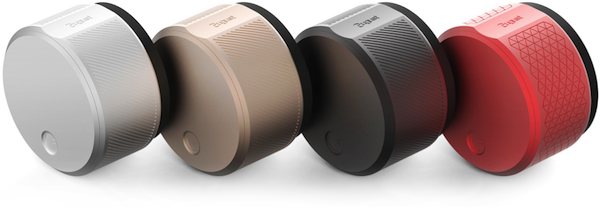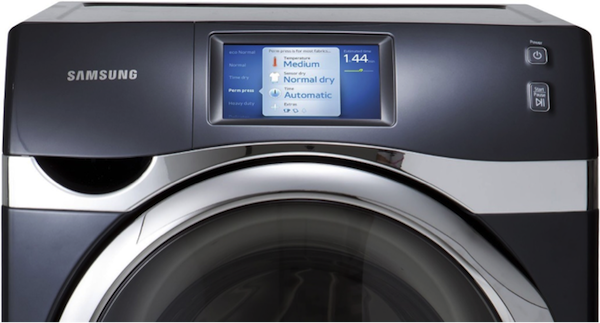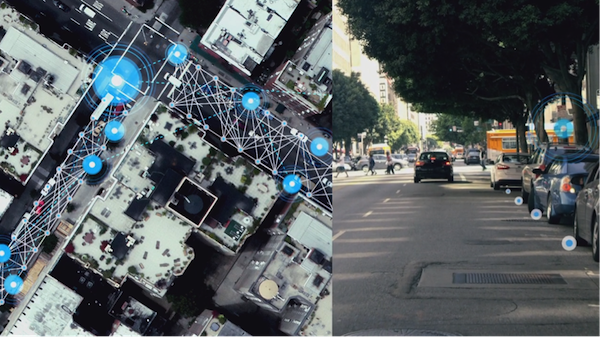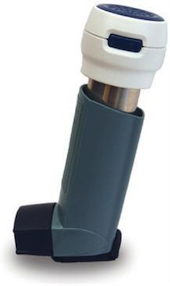As a designer, I love the Internet of Things. I’ve been collecting ideas and inspiration relating to it for the past year on my website, IoT News Network. I’ve also been thinking a lot about how to create meaningful experiences when designing smart objects.
Connecting a device or sensors to a network is not enough to create an awesome new experience. The most exciting products on the market are set to disrupt what we know about technology and innovation, just as the iPod and iTunes changed the way the world buys and listens to music.
The term Disruptive Innovation was coined by Clayton Christensen, a professor from the Harvard Business School, to describe innovations that improve a product or service in ways that the market does not expect. Innovations are disruptive when they help create a new market and value that eventually disrupts an existing market by displacing an earlier technology.
When we design products for the Internet of Things, we must always examine how the added connectivity can be used to create this kind of market shift—one that goes beyond the product’s advertised purpose. I try to imagine the hidden added value that might exist in connecting a device to a network, enabling a disruptive IoT product and business.
A Lock on Added Value
The August Smart Lock is a new lock and access system that allows you to send a virtual key to anyone you choose to have access to your home.
A connected door lock allows easy key-less access as you approach the door with a smartphone. That’s cool and useful. However, August Smart Lock added functionality to their smart lock that has the potential to disrupt the traditional lock-and-key business by allowing you to share your virtual key with houseguests or other visitors coming to your home. In doing so, August has created unparalleled added value by providing a virtual network around monitoring and providing access to your house.
A Clean Break from Old Ideas
Making its debut at the 2012 International Consumer Electronics Show (CES), the WiFi-enabled Samsung WF457 washer’s Smart Control system allows consumers to stay connected to the washer cycle without having to remain close by the machine
A connected washing machine is another great example. It’s easy to think about a connected washing machine in terms of its immediate value. We can imagine being able to communicate with the washing machine using our smartphone and tell it when to start a wash, or to devise an easier UI for advance wash settings. But we can push this connected washing machine idea a bit further by, for instance, offering that same washing machine as a service? A service that potentially will disrupt the home appliance market as we know it.
The IoT era presents an almost unlimited wealth of opportunity to pioneer new territory
How is that possible, you may ask? What if I told you that you can own and use the most advanced connected washing machine for a dollar? The washing machine is delivered to your door and you pay a dollar to this service every time you run a wash. Every month you get a bill. The washing machine, repairs, and servicing are free. The service also includes detergent delivered to your door every time your supply runs out. And you get a brand-new washing machine replacement every ten years. Sound like a great idea? That’s disruptive innovation in the Internet of Things!
Value in Parking It
Streetline’s sensor technology sits in the road surface and provides real-time information on whether or not on and off-street parking spaces are occupied – (Image from Citi: Streetline — Reimagining Parking)
As another example, Streetline enables drivers to find parking quickly and easily by embedding sensors across a city’s parking spots. Patrons looking to park can search for the nearest parking spot using their mobile phone and navigate to the location—a useful tool, especially in big cities where open parking spots are hard to come by. However, by connecting the available parking spots to the grid, we can also change the parking fees based on demand: the most crowded spots in town yield a higher price. By changing the cost of parking in real time, we can help local businesses by encouraging foot traffic during busy hours and manage human behavior in an urban environment. Everyone wins. Finding parking spots becomes easier for patrons, merchants get more foot traffic and, of course, the city receives more revenue from paid parking. That’s the added value.
Outcomes Can Add Value
Sometimes the added value is the outcome of using a connected device. For example, Fitbit tracks a person’s daily activity and sleep patterns, which is the intended purpose of using a fitness wristband. However, the outcome is that it motivates people to be more active and live a healthier lifestyle. That’s the added value.
The Propeller sensor is another great example of outcome added value. Every day, millions of people with asthma use rescue inhalers. The Propeller sensor is a small device that attaches to the top of your inhaler. It can be used with both rescue and controller medications for tracking symptoms and adherence respectively. That’s why people use the device. The added value is knowing when and where these symptoms occur, which can reveal valuable clues about environmental exposures that trigger asthma. This outcome allows asthma patients to take control of their disease and, by extension, helps public health agencies identify city areas with poor air quality.
The Road Ahead
Ultimately, as designers we must always consider how new technology can benefit not only our users, but humanity as a whole—by reducing the environmental impact mankind is having on the planet and helping people maintain healthier lifestyles. In this realm, we’re most likely to find added value in connected products, which will contribute to the success and longevity of our products.
The IoT era presents an almost unlimited wealth of opportunity to pioneer new territory by innovating new products and creating rich interactions with technology. The work won’t be easy, and much of the road ahead is still unpaved—but it’s definitely going to be fun.











